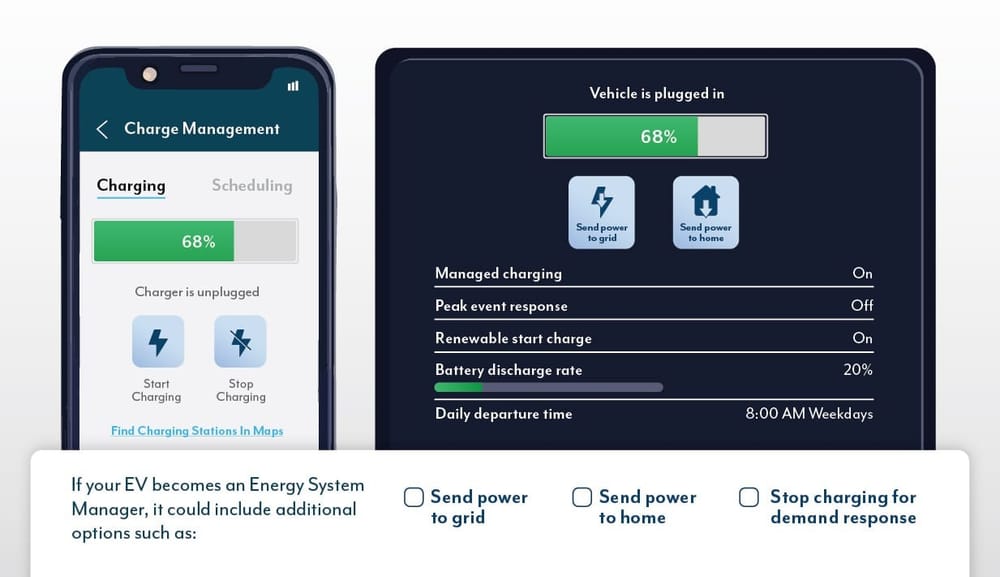Eco-driving is not just a buzzword – it's a movement towards a more sustainable future. As the world grapples with the pressing issue of climate change, making the most of electric cars has emerged as a pivotal strategy in reducing our carbon footprints. These vehicles, free from the shackles of fossil fuels, offer a promising path to not only curbing emissions but also transforming our transportation habits. In this article, we'll look into the nuances of eco-driving and how electric cars are leading the charge for a greener future.

Traditional vehicles, powered by petrol and diesel, have long been recognised as major culprits in the emission of greenhouse gases, contributing significantly to global warming and air pollution. The exhaust from these vehicles releases carbon dioxide, nitrogen oxides, and particulate matter into the atmosphere, exacerbating climate change and posing serious health risks to populations, particularly in urban areas. Thus, the shift towards eco-driving is not merely a matter of environmental conservation but also a crucial step in safeguarding public health.
The transition to eco-driving necessitates robust policies and infrastructure development to facilitate widespread adoption. Governments and local authorities play a crucial role in implementing policies that incentivise the purchase and use of electric vehicles, such as tax credits, subsidies, and the development of charging infrastructure. Furthermore, investing in research and development of EV technology is essential to enhance efficiency, affordability, and accessibility for all. Thus, policy-making and infrastructure development are major in propelling the eco-driving movement forward, ensuring it is not merely a trend but a sustained, global effort towards environmental conservation.
While it is widely acknowledged that EVs produce zero emissions during operation, it is imperative to consider their entire lifecycle to gain a comprehensive understanding of their environmental impact. From manufacturing and usage to eventual disposal, each stage of an EV's life presents unique challenges and opportunities in the quest to reduce carbon emissions. The production phase, particularly the manufacturing of batteries, does indeed contribute to greenhouse gas emissions. However, over the lifespan of the vehicle, these are substantially offset by the absence of operational emissions, especially when charged with electricity from renewable sources.






